The new Big Navi cards are released and the 6800/6800 XT and the new one recently celebrated their debut. Our community member Gurdi couldn’t help but take a closer look at the AMD cards this time as well. That’s exactly why I let Gurdi continue writing, because it’s his user review, in which he invested a lot of time himself and not mine.
Basic equipment and test system
After having shared some experiences with my extremely tactful RX 6800 aka “rocket jonny” with you recently, it is now my turn to also present my Radeon RX 6800 XT. As before, we first test the system in advance, so that we can make a better comparison afterwards:
| CPU: | Ryzen 5900X optimized |
| Board: | AORUS X570 Ultra |
| RAM: | 32 GB DDR4 Patriot Viper (SK Hynix) @ 3800 MHz CL 17/19/21/34 1T, Infinity Fabric 1:1 |
| Video card: | ASUS STRIX LC RX 6800 XT AIO with 240 radiator |
| Hardmods: | Additional cooling, conversion to 2 x 120 mm fan NF A12x25 |
| Soft mods: | Changes in the PowerPlayTable |
| Power supply unit: | Corsair HX 750I |
| Miscellaneous: | Sound card, 280 Radi for CPU, 3 case fans (3×140) |
ASUS STRIX LC RX 6800XT
The ASUS STRIX LC is currently one of the top dogs among the new Radeon cards. My choice, however, was necessarily this model, because I prefer air cooling, because I often change the card(s). However, the current availability situation has limited the choice. I don’t want to say too many words about the card here, I’m sure others can do it better and in more detail. I will therefore limit myself to some practical experience and my personal impression. For the sake of completeness, however, at least once the important key data. The power limit is 285 watts for the TGP, thus enabling an increase of +15% to just under 330 watts TGP, the standard clock was set to 2464 MHz.
The card has a strange phenomenon, if I copy the bios from the card and read it with the current MPT (MorePowerTool), it tells me a registered ASIC power of 255 watts, like the reference card. But the card already connects Stock to the 285 Watt ASIC. The reason for this is the MorePowerTool, because manufacturers often use two values, but only one is relevant. The MPT writes both values, but we also take the higher value into account when reading out after the next update. But this does not affect the functionality of the software.
The cooling capacity of the card is impeccable in view of the 320 to 330 Watt. A HotSpot temperature of 67 degrees in the Perf. Bios are currently unparalleled. The fans rotate at ~1600 revolutions in open design or at around ~1200 revolutions in Quiet Bios. During longer operation in a closed housing and under high load, however, the speeds sometimes increase significantly above this, depending on how you install the radiator and how good your housing ventilation is.
I mounted my radiator in the floor, the fans suck air from the floor through the radiator and through a dust cover and transport it into the case. From here, the warm air is removed via a chimney effect and previously defused with cold air through the front. By this assembly I need a clearly higher speed than normal, due to the high resistance of the fans. Keep this in mind. A solid power supply is also mandatory for this card, on only one rail via daisy chain my power supply switches off when overclocking. Before that, it is already noticeable in the form of a drop in performance during operation.














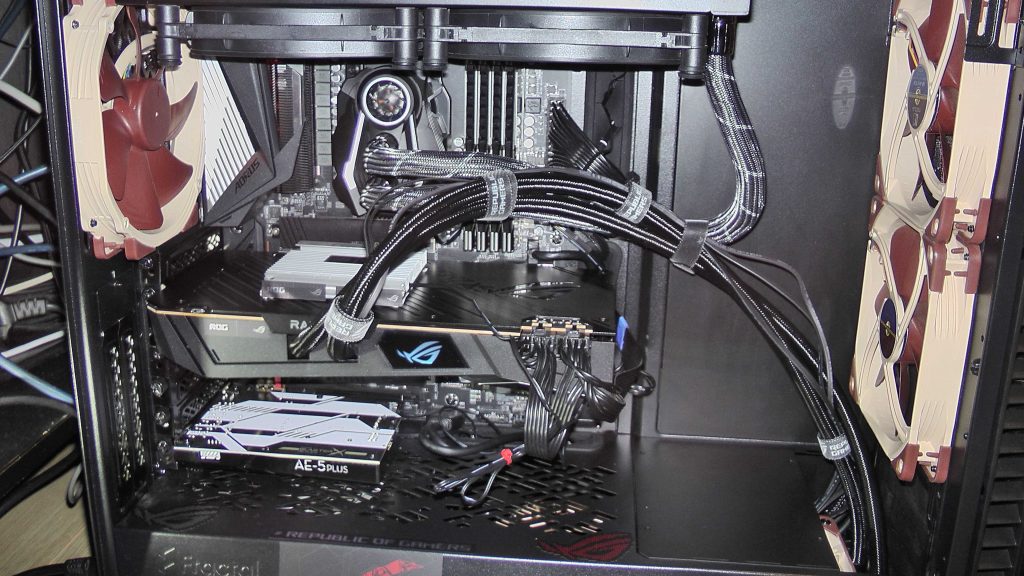
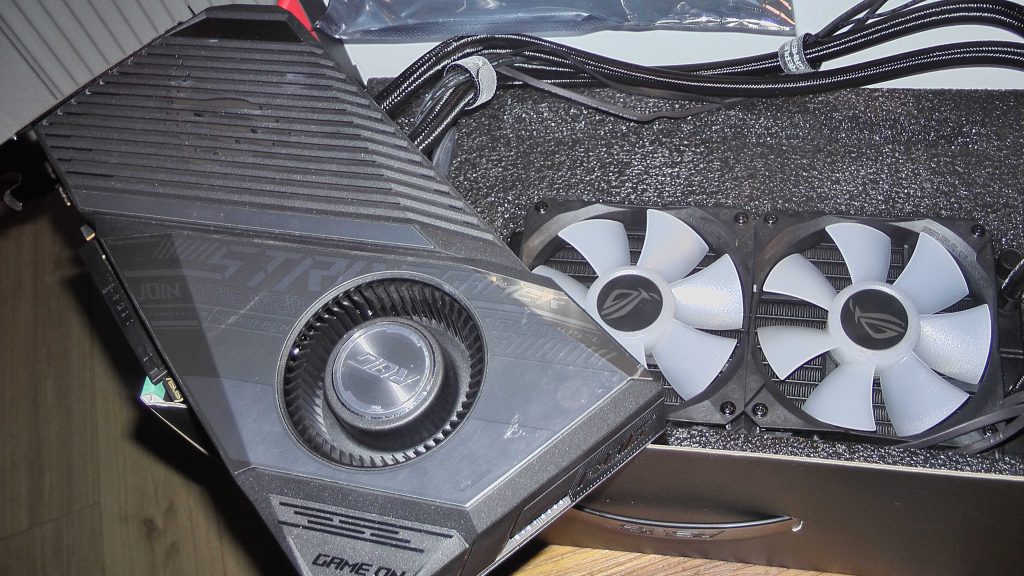
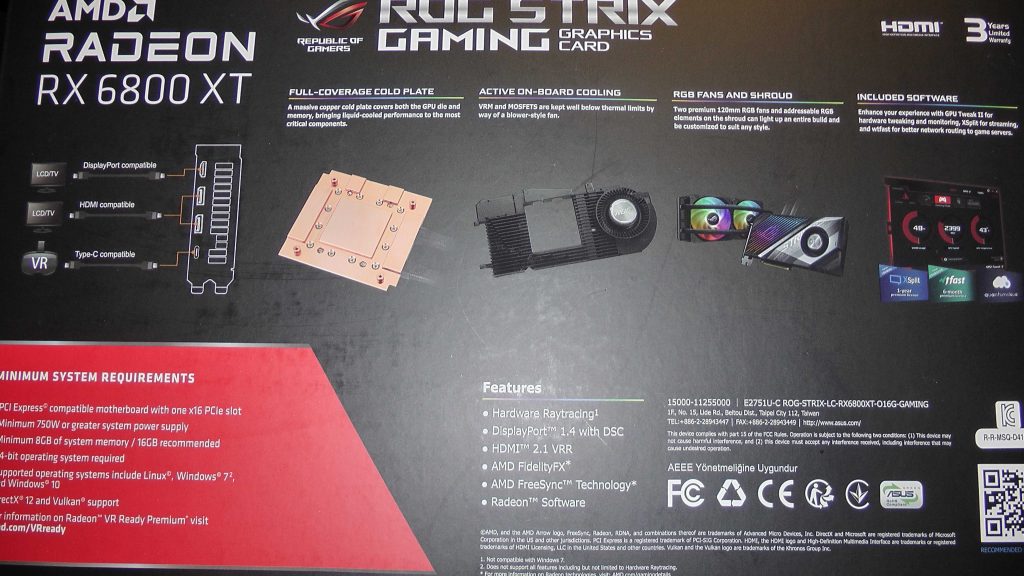
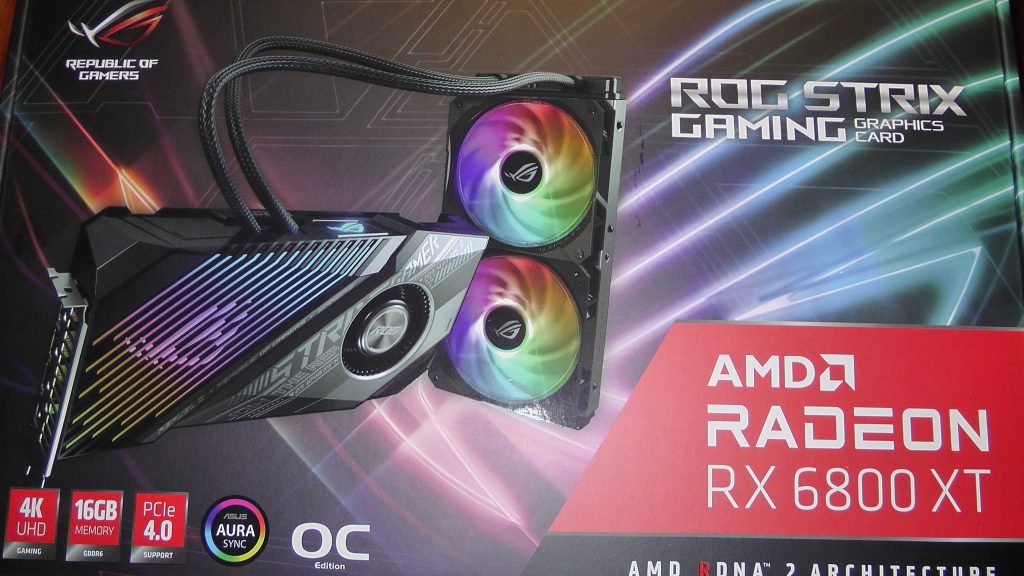
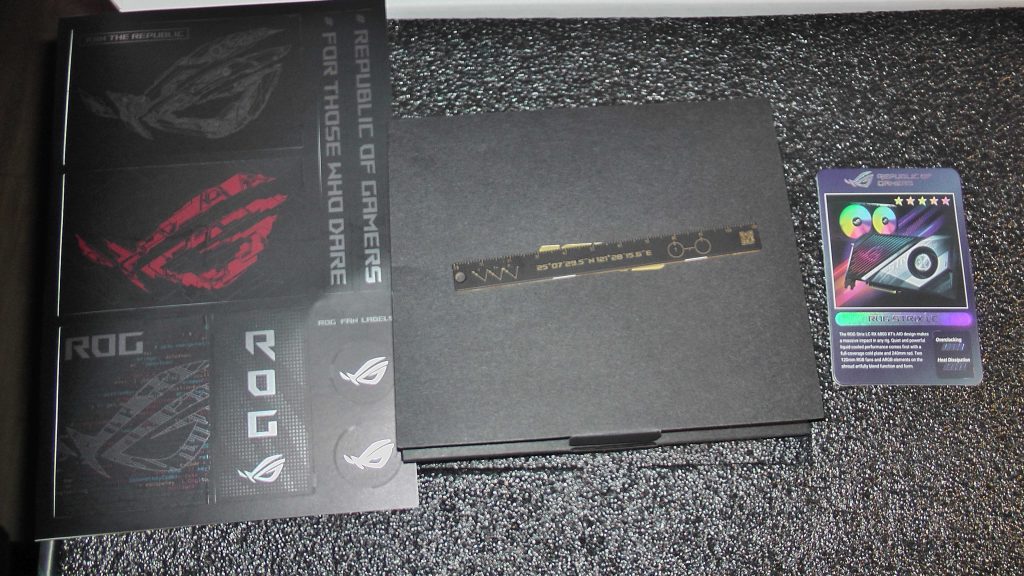
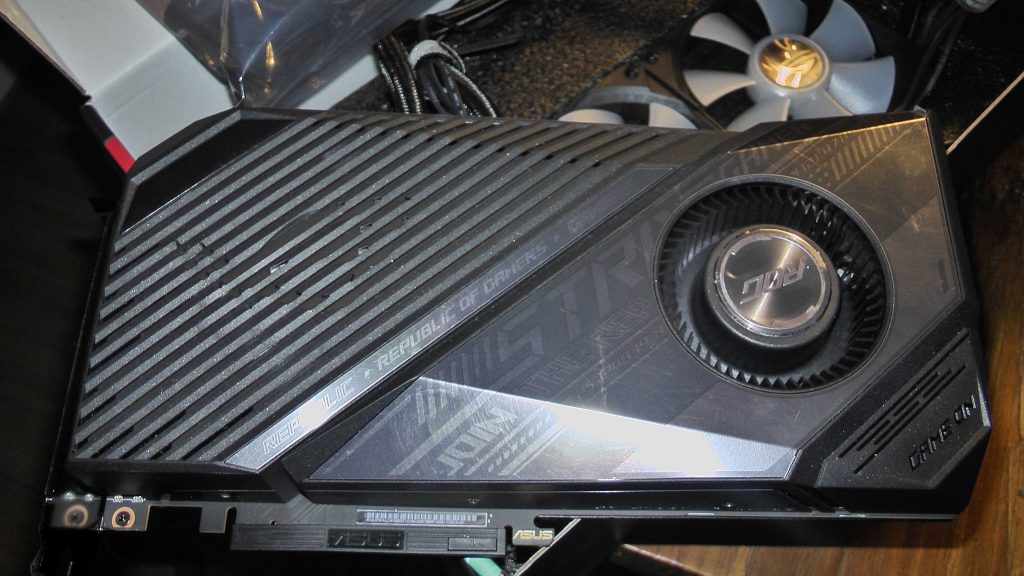






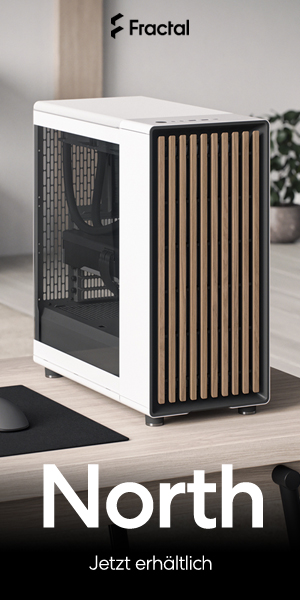










Kommentieren